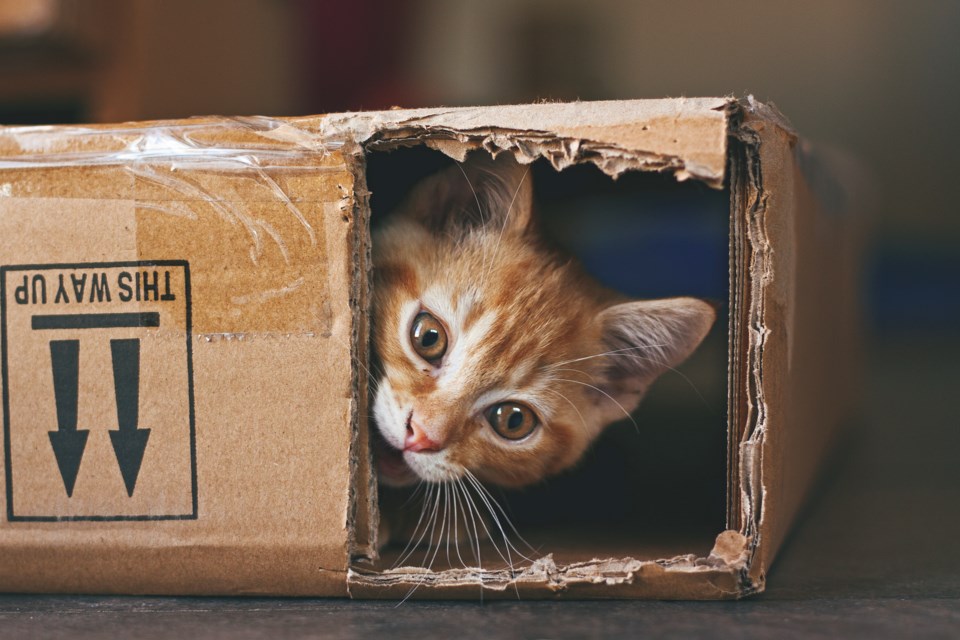Loving the furry, feathered or scaled members of your family can include caring for the wilds from which they came. Pet care involves a surprising number of planetary considerations.
Healthy and earth-conscious pet food sources are available in a multitude of forms these days. A large part of our pet’s paw print can be their diet, especially if they are carnivores. Favouring food that is locally sourced can reduce this impact. Ask your butcher if they have pet food available from off-cuts – the bonus being you may be salvaging meat that would otherwise have been disposed of.
Adventurous pet owners can explore making their own treats or even look into cricket-based protein options that have recently hit the market. Interestingly, insect protein sources are often fed with food scraps that would otherwise have been composted or landfilled. Whatever you purchase, opt for bulk sizing where possible to reduce the amount of plastic packaging.
New plastic-laden toys and synthetic fibres are seemingly a necessity to many pet owners. Perfectly pet-pleasing squeak toys, plush beds, leashes and the like are readily available secondhand. Before buying new, pop into your local thrift stores, ask friends, or search online in community marketplaces.
Recycled plastic toys are also more common these days, some being made out of discarded water bottles or even plastics salvaged during ocean cleanups.
When making a purchase is inevitable, choose natural or upcycled materials. Colourful cat caves, dog collars and chew toys are being made from wool – virgin or recycled. Cardboard cat scratching posts and recycled carpet towers are easy to find as well.
Keep an eye out for innovative products, such as the pet hair removal tool made from foamed glass, which are hitting the market.
Whatever the purchase, it’s prudent to ask yourself whom you’re buying for – your furry friend or yourself? Pet toys and other paraphernalia are marketed to humans. It might be that Fido or Fluffy would be content with a cardboard box, used tennis ball or homemade rope tug toy.
The inevitable task of managing your pet’s waste is one that we rarely consider when gazing into our puppy’s eyes for the first time. Avoid products that are single use like gel kitty litter, and favour instead compressed paper or sawdust pellets that are also capable of absorbing liquids and odours.
Seemingly “green” are the pet waste bags labelled compostable, but these are a bit of a conundrum.
First off, pet waste is not accepted in any form in our local compost pilot program, and secondly, neither is any kind of compostable plastic. Beyond this, should compostable baggies be used for anything else and then end up in the recycling system, they compromise the integrity of the plastic products or packaging that they are recycled into.
A simply solution, not for the faint of heart, is to use an old yogurt container or equivalent to scoop up waste before disposal, then giving it a rinse and storing it outside.
From feeding to managing our pet’s waste, there are of plenty of earth-friendly ways to say, “I woof mew.”
Let’s Talk Trash is contracted by qathet Regional District to deliver its waste reduction education program. For more information, email [email protected] or go to LetsTalkTrash.ca.
Join the Peak’s email list for the top headlines right in your inbox Monday to Friday



